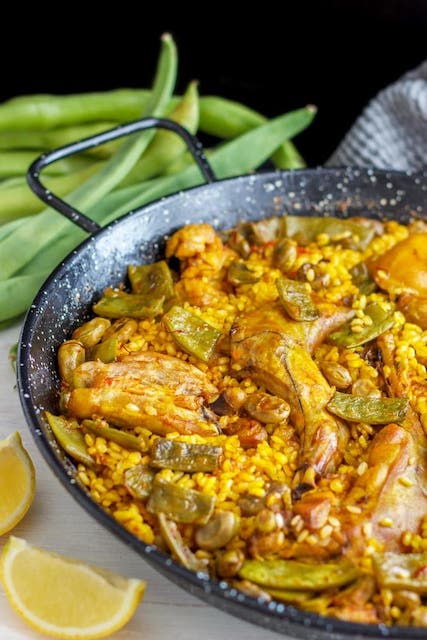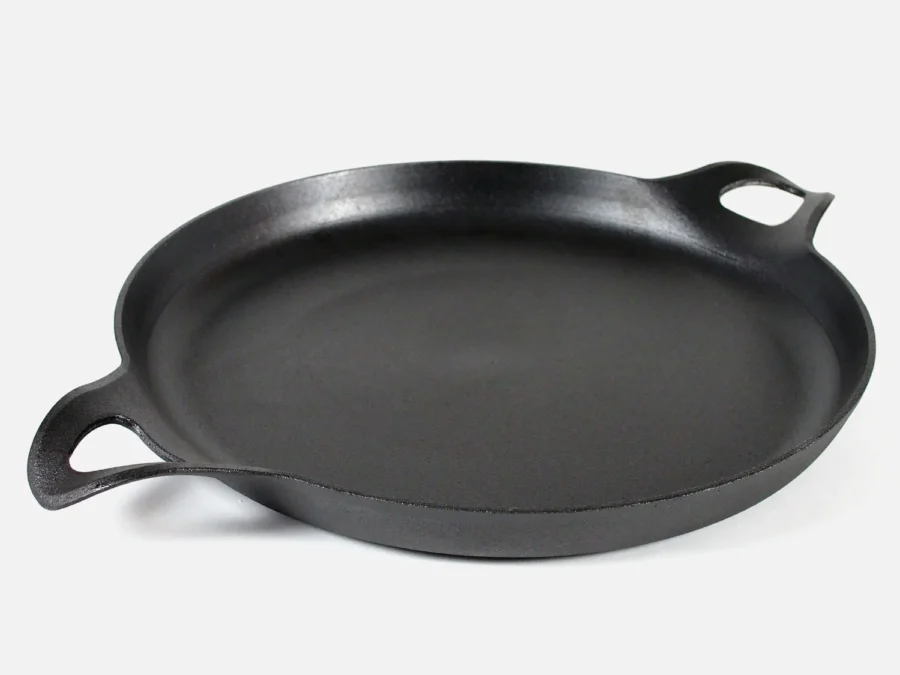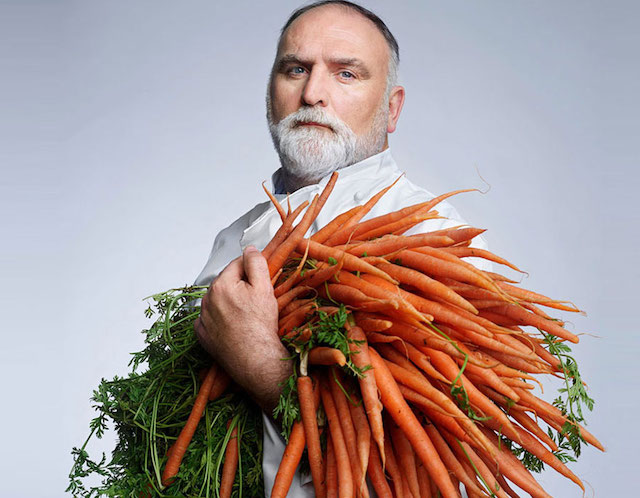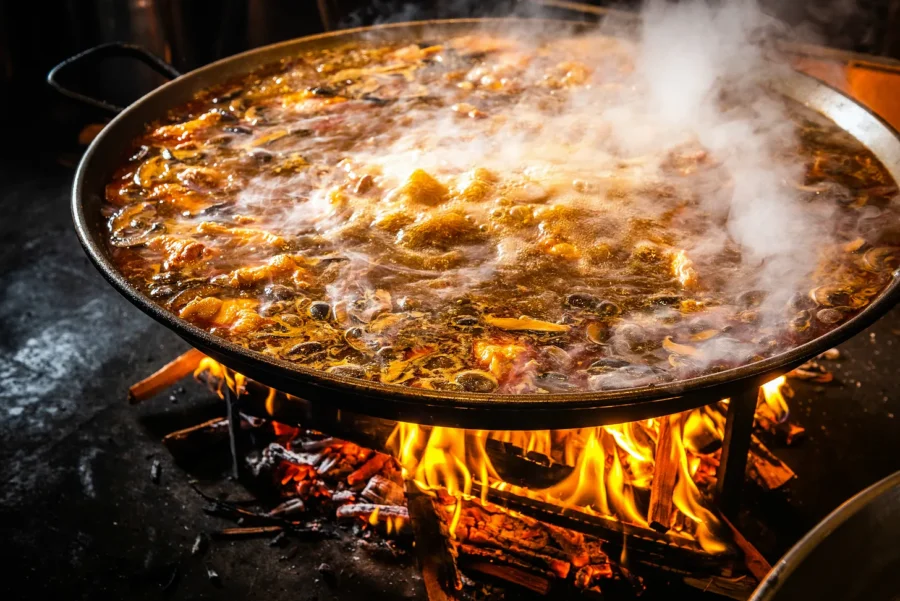Paella is a savory rice dish that originally hailed from Spain’s Valencia region. It’s considered one of the country’s cultural symbols, is one of its most popular dishes, and is ideal for group meals because of its large-pan portions. Few joys are more gratifying than dining with people you enjoy and love.

The Ingredients
The most commonly used paella rice in Spain is bomba rice, a short-grain rice cultivated in the eastern parts of the country. It’s ideal because it absorbs liquid very well, but remains firm during cooking. Of course recipes will vary, but the traditional version contains rice, water, olive oil, salt, saffron, tomatoes, flat green beans, lima beans, chicken, and rabbit. No fish or shellfish, but many people do prefer a fish version, or a Mexican version with jalepenos, cilantro, and lime. Variations are endless if you’re creative, but the proper pan is important.

The Importance of an Excellent Paella Pan
Truly spectacular paella has a thin layer of rice, no thicker than a half-inch, with a few other ingredients on top. It is cooked and served from real Spanish paella pan. If the bottom layer of rice has a golden caramelized crust, called socarrat, you’ve reached paella perfection. Forneau has a fantastic pan for cooking paella. Its crafted of high-quality cast iron, 14.75 inches in diameter, 12.5 inches for the cooking surface, weighs 10 lbs, and can be used for other dishes too. A paella pan can range in diameter from mini to enormous, but the depth of the pan needs to be shallow to ensure the rice has maximum contact with the heat source for consistent cooking. This specific depth helps achieve the perfect socarrat paella. It’s all about the rice: the wide surface enables it to cook through as thin a layer as possible without leaving any water or steam. An authentic paella pan is wide, round, and shallow and has splayed sides. It does not have a lid; it features two looped handles and may dip slightly in the middle so the oil can gather there for initial sautéing. Forneau’s paella pan is lovely to look at, is truly authentic, and it arrives in its own gift bag.
_________

An Authentic Paella Recipe from Chef Jose Andres</strong>
Paella Valenciana – Chef Jose Andres’s family recipe
Serves 4-6

2 tablespoons Spanish extra virgin olive oil
2 chicken thighs (bone-in), cut into small pieces
2 rabbit legs, cut into small pieces
Kosher salt
1 cup romano beans, cut into 1-inch pieces
¾ cup garrafó beans, or peeled fresh fava beans
1 14-oz can crushed tomatoes
1 pinch saffron
4 cups chicken stock
2 sprigs fresh rosemary
1 cup Spanish bomba rice
In a 13- or 15-inch paella pan, heat the olive oil over medium-high until it is hot but not smoking. Add the chicken and rabbit pieces. Sear the meats on all sides until well-browned, about 8 minutes, then season with salt. Move the meat pieces to the outer edges of the paella pan, creating a circle in the center.
Add the romano and lima beans in the center of the pan and season with salt. Cook the beans until lightly browned, about 5 minutes, then push the beans to the outer edges of the paella pan with the meats.
Pour the crushed tomato puree into the center of the pan and let it cook, stirring occasionally until it reduces by half and begins to turn a deep red color, about 5 minutes.
Stir the meat and vegetables into the tomato and continue to cook for about 3 minutes more to continue to caramelize the tomato sauce. Crumble the saffron into the pan and add the stock. Season with salt and add the rosemary.
Increase the heat to high and bring to a boil, then let it boil for 2-3 minutes.
Remove the rosemary and add the rice, taking care to spread it evenly around the pan and mixed with the meat and vegetables. Cook for 8 minutes on high flame, stirring frequently with a wooden spoon. You should see the rice floating around the pan as the stock boils.
Reduce the heat to medium-low and do a final stir of the rice to make sure the meats and vegetables are evenly distributed across the pan. Cook for 10 minutes, and do not stir as the liquid cooks down. You want the rice to be slightly al dente, with a nice firm center. When you have 2 minutes left, there should be little liquid left in the pan, increase the heat to high to get the crunchy soccarat, the caramelized crust at the bottom of the pan. When the rice is done, remove the pan from the heat and let it sit for 5 minutes before serving.
Salute!

